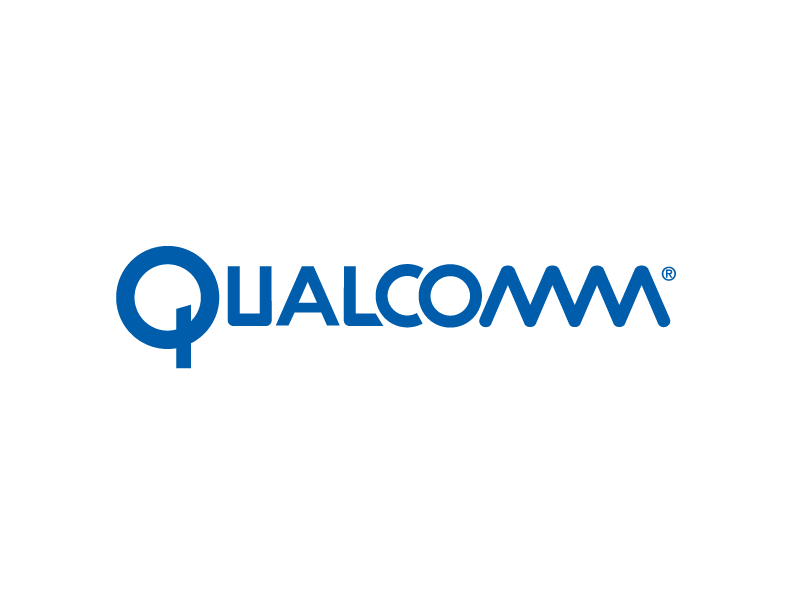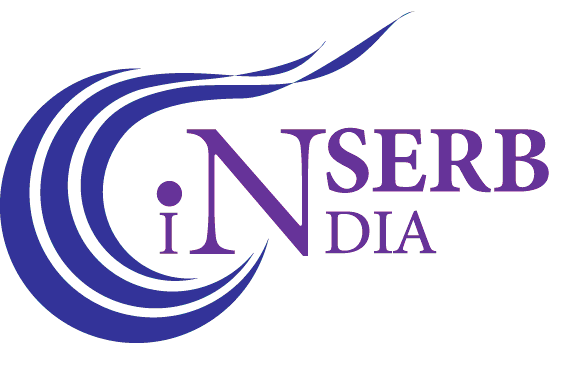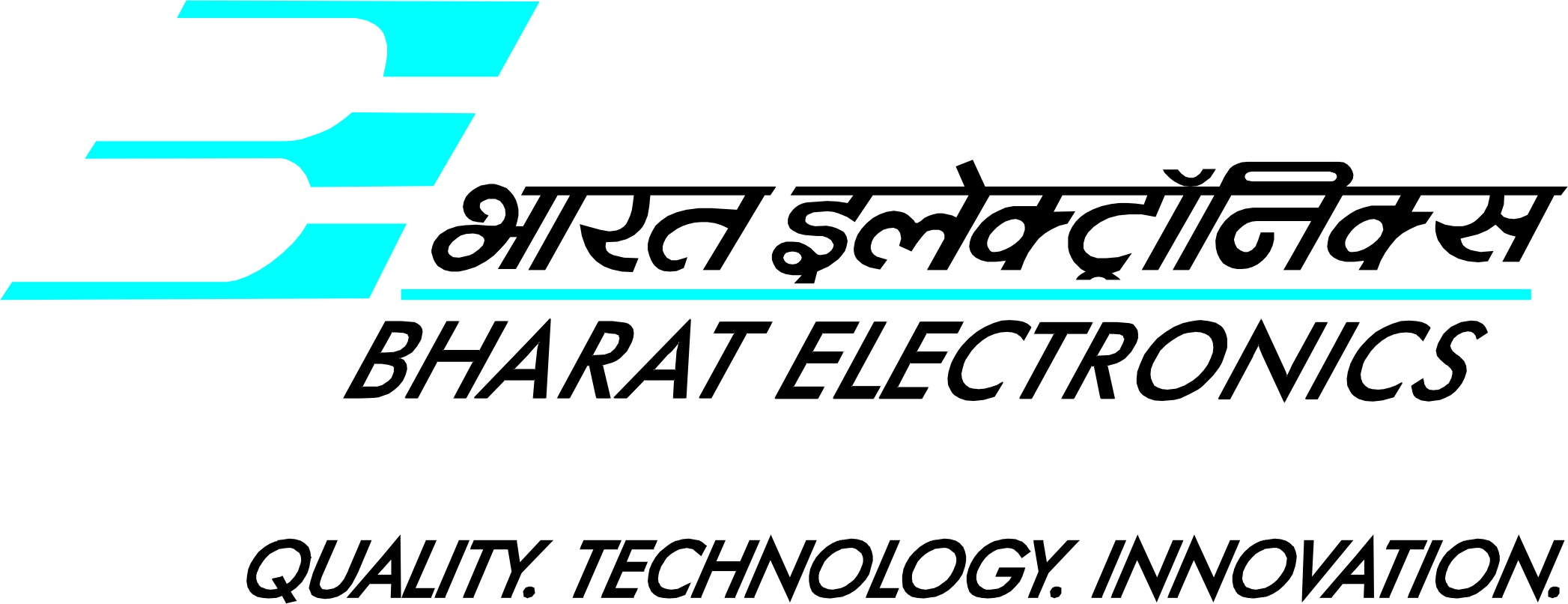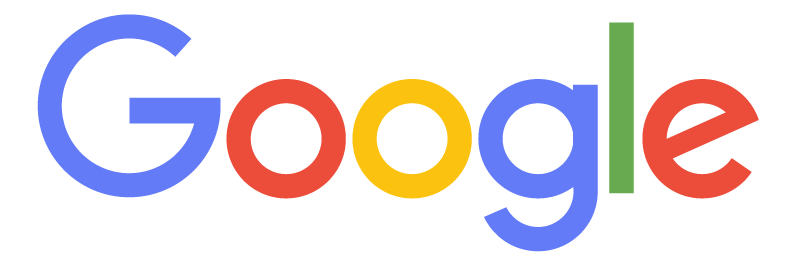

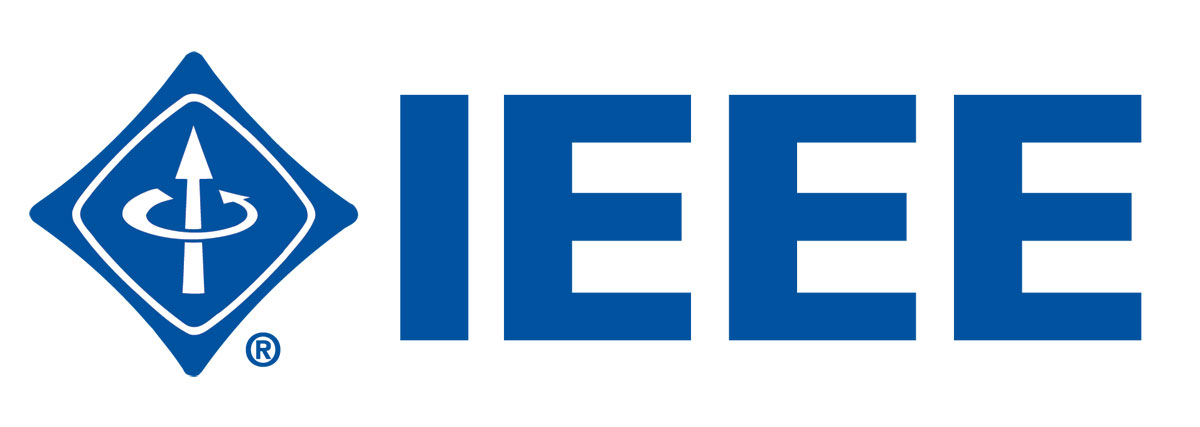

| TUTORIALS | TITLE | TUTOR | VENUE |
| T1-9:30am | Compressed Sensing | Anamitra Makur | Hall A |
| T2-9:30am | Visible Light Wireless Communications | A. Chockalingam | Hall B |
| T3-9:30am | Multimodal Gesture Recognition | Nassos Katsamanis | Hall C |
| T4-2:30pm | Bayesian-inspired non-convex methods for sparse signal recovery | Chandra R Murthy and David Wipf | Hall A |
| T5-2:30pm | Signal Processing for High Throughput Satellite Communications: The Force Awakens | Bhavani Shankar and Sina Maleki | Hall B |
| T6-2:30pm | Wave Theory of Information | Massimo Franceschetti | Hall C |

Speaker: Anamitra Makur
Associate Professor, School of Electrical&Electronic Engineering
Nanyang Technological University
Bio: Anamitra Makur received the B. Tech degree in Electronics and Electrical Communication Engineering from the Indian Institute of Technology, Kharagpur, India in 1985 and the M.S. and PhD degrees in Electrical Engineering from California Institute of Technology, USA in 1986 and 1990 respectively. He was a professor at Dept of ECE, IISc Bangalore, from 1990-2002. He has been working as associate professor, EEE, Nanyang Technological University, Singapore, from 2002.
Abstract: i) Introduction: We begin by introducing sparse signals, that is, signals having mostly zero values and a few non-zero values. We extend explicitly sparse signals to approximately sparse signals (mostly insignificant values and a few large values) and to implicitly sparse signals (sparse in some basis). We provide real examples of such signals. We compare CS with conventional sampling, differentiating between local and global measurements. We illustrate with examples why recovery from CS measurements is an ill-conditioned problem in general with possibly many solutions, and how sparsity helps converge to a unique solution. Then we formally introduce compressed sensing measurement and recovery for different cases such as explicitly/approximately/implicitly sparse signals. We use examples to illustrate recovery using l0 minimization, and state and prove the recovery theorem. We show the difficulty in l0 minimization, which directly measures the sparsity of a signal. We then show how l1 minimization is a good compromise. We graphically illustrate how lp minimization for p ≤ 1 is different from l2 minimization.
ii) Analysis: The foundation of CS lies in a series of beautiful theoretical results. Contrary to popular belief, these results are not difficult to follow. In this part of the lecture, we present a step-by-step, simple-to-follow proof of the recovery theorem for l1 minimization. We distinguish between non-uniform and uniform recovery result. We begin by associating the tail probabilities of singular values of the sub-matrix of the measurement matrix to RIP (restricted isometry property) constant. We then find the required number of measurements to make the RIP constant small enough. A small RIP constant leads to null space property. To end, null space property implies recovery. Several examples are used throughout the analysis for lucidity.
iii) Measurement Matrices: CS provides many choices of measurement matrices. We look at desirable properties of measurement matrices (RIP and mutual coherence). We introduce examples of random measurement matrices (Gaussian and Bernoulli), structured random matrices (Toeplitz and circulant), structured deterministic matrices (partial Fourier), and deterministic measurement matrices. We discuss combining measurement matrices with basis for implicitly sparse signals.
iv) Reconstruction Algorithms: CS would not have been exciting to engineers without efficient reconstruction algorithms. These algorithms belong to one of 4 classes: combinatorial algorithms, non-convex minimization algorithms, convex relaxation algorithms, and greedy pursuit algorithms. We briefly mention many algorithms under this class, and discuss in detail (including illustrative examples) three important reconstruction algorithms: basis pursuit (BP) under convex relaxation since it typically performs the best; orthogonal matching pursuit (OMP) under greedy pursuit since it typically is fast; and complex relaxation message passing (CAMP) since it is attractive for very large scale applications.
v) Applications: CS has numerous applications in signal processing. We consider some general processing tasks such as compression, denoising, and recognition/classification, and show how CS finds application for each of these areas. Illustrative results are also presented.
Link to the slides
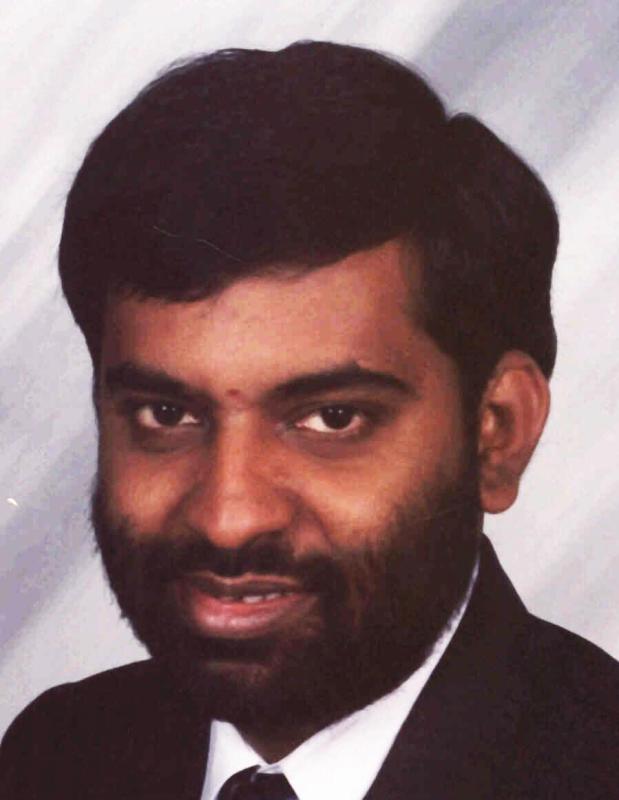
Speaker: A. Chockalingam
Professor, ECE Department
Indian Institute of Science
Bio: A. Chockalingam received the B. Tech degree in Electronics and Communication Engineering from P.S.G. College of Technology, Coimbatore, India in 1984 and the M.Tech degree in Electronics and Electrical Communication Engineering from IIT, Kharaghpur, in 1985. In 1993, he obtained the Ph.D. degree in Electrical Communication Engineering from IISc, Bangalore. He was a Post doctoral fellow in UC San Diego from Dec-1993 to Nov-1995. From Dec-1995 to May-1996, he worked as Assistant Project Scientist at UC San Diego. He worked as Staff Engineer/Manager at Qualcomm, Inc, San Diego. Currently, he is working as a Professor in the department of Electrical Communication Engineering at the Indian Institute of Science, Bangalore, India.
Abstract: Wireless communication using visible light wavelengths (400 to 700 nm)
in indoor local area network (LAN) environments is emerging as a
promising area of research and innovation. Visible light communication
(VLC) is evolving as an appealing complementary technology to radio
frequency (RF) communication technology. Maturing solid state lighting
technology (using white LEDs) has contributed to this growing interest.
A major attraction of VLC in indoor communication is its potential to
simultaneously provide both energy-efficient lighting as well as
high-speed short-range communication using high-luminance LEDs.
In VLC, simple and inexpensive LEDs and photo diodes (PD) act as signal
transmitters and receptors, respectively, replacing more complex and
expensive transmit/receive RF hardware and antennas in RF communication
systems (like WiFi). Other favorable aspects in VLC include availability
of abundant visible light spectrum at no cost, no licensing issues,
no radiation hazard, and inherent security in closed-room applications.
In addition, the potential for simultaneously using multiple LEDs and
PDs in multiple-input multiple-output (MIMO) array configurations has
enthused MIMO wireless researchers (including the speaker) to take
special interest in VLC.
This tutorial will cover the following topics in VLC:

Speaker: Nassos Katsamanis
Research Associate, Computer vision, Speech Communications and Signal Processing Group
National Technical University of Athens
Bio: Athanasios (Nassos) Katsamanis received the Diploma in ECE (with highest honors) and the Ph.D. degree from the National Technical University of Athens (NTUA) in Greece, in 2003 and 2009 respectively. After that, he worked for 3 years as a Postdoctoral Research Associate at the School of Elec. Engineering of the University of Southern California (USC), as member of the Signal Analysis and Interpretation Laboratory. He is currently a Research Associate at the Robotic Perception and Interaction Unit of Athena RC in Greece. His research interests lie in the fields of speech analysis and multimodal signal processing and understanding, aiming at the interpretation and modeling of human behavior. He is the principal investigator of a Greek project funded by the Onassis Foundation on multimodal gesture and distant speech recognition, and he is also working on audiovisual speech synthesis and audiovisual saliency estimation in the frame of other EU and national research projects (Babyrobot, MOBOT). He has published more than 60 papers in international peer-reviewed journals and conferences, and his work has more than 900 citations.
Abstract: Starting from the famous "Put that there!" demonstration by the Architecture Machine Group at MIT in the late 70s, the growing potential of multimodal gesture interfaces in natural human-machine communication setups has stimulated people's imagination and has motivated significant research effort in the areas of computer vision, speech recognition, multimodal sensing, fusion and human-computer interaction. In recent years particularly, the introduction and use of advanced sensing technologies, e.g., combined RGB-D-A (color, depth, skeleton and audio) sensors to capture human activity, has accelerated the integration of such interfaces in real-life applications as well. This tutorial will bring together all the necessary pieces to provide a comprehensive view of multimodal gesture recognition both in theoretical and application terms. More specifically: a) Basic concepts of multimodal human communication and the importance of gestures (accompanied with speech or not) in language will be briefly discussed, b) an overview of state-of-the-art multimodal gesture recognition approaches will be given, focusing on temporal modeling and fusion, using, e.g., Hidden Markov Models (HMMs) or Deep Neural Networks (DNNs), and, finally, c) at least one multimodal gesture recognition setup will be described in detail to facilitate a better understanding of all practical considerations involved. A discussion of related application examples and challenges will conclude the tutorial.
Link to the slides
Bio: Chandra R Murthy received the B. Tech degree in Electrical Engineering from the Indian Institute of Technology, Madras, Chennai, India in 1998 and the M.S. degree in Electrical and Computer Engineering from Purdue University, West Lafayette, IN, USA in 2000. In 2006, he obtained the Ph.D. degree in Electrical and Computer Engineering from the UC San Diego, La Jolla, CA, USA. From Aug. 2000 to Aug. 2002, he worked on WCDMA baseband transceiver design and 802.11b baseband receivers at Qualcomm, Inc, San Jose, USA; and from Aug. 2006 to Aug. 2007, he worked on advanced receiver algorithms for the 802.16e mobile WiMAX system at Beceem Communications (now Broadcom), Bangalore, India. Currently, he is working as an Associate Professor in the department of Electrical Communication Engineering at the Indian Institute of Science, Bangalore, India.
David Wipf completed his Ph.D. at the University of California, San Diego as an NSF Fellow in Vision and Learning in Humans and Machines. Subsequently he was an NIH Postdoctoral Fellow at the University of California, San Francisco working on Bayesian estimation as applied to the problem of finding sparse representations of signals using overcomplete (redundant) dictionaries of candidate features. In 2011 he joined the Visual Computing Group at Microsoft Research in Beijing.
Abstract: This is a three hour (half day) tutorial that examines a Bayesian framework to address algorithmic issues that arise in sparse signal recovery problems. There are numerous signal processing and communications applications where this problem naturally arises. Parsimonious signal representation using overcomplete dictionaries for compression, estimation of sparse communication channels with large delay spread as in underwater acoustics, low dimensional representation of MIMO channels, brain imaging techniques such as MEG and EEG, are a few examples. The emergence of compressive sensing and the associated l1 recovery algorithms and theory have generated considerable excitement and interest in their application. This tutorial will examine more recent developments and a complementary set of tools based on a Bayesian framework to address the general problem of sparse signal recovery and the challenges associated with it. The Bayesian methods show considerable promise and have the flexibility necessary to deal with more general scenarios than hitherto possible. This generality and flexibility greatly facilitates their deployment in practice, even though they generally lead to non-convex optimization problems. The theory behind when and why these non-convex methods work is only now being developed. Signal processing and communications engineers are well versed in statistical methods and so have the background necessary to benefit from this exposure. This tutorial will provide a gentle, yet in-depth overview to this fascinating and nascent area within sparse signal recovery.
Link to the slides

Speakers: Bhavani Shankar
Research scientist, Interdisciplinary Centre for Security, Reliability and Trust
Université du Luxembourg
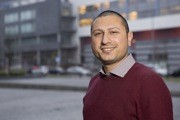
Research Associate, Interdisciplinary Centre for Security, Reliability and Trust
Université du Luxembourg
Bio: Bhavani Shankar received Masters and Ph. D in Electrical Communication Engineering from Indian Institute of Science, Bangalore in 2000 and 2007 respectively. He was a Post Doc at the ACCESS Linnaeus Centre, Signal Processing Lab, Royal Institute of Technology (KTH), Sweden from 2007 to September 2009 and is currently a Research Associate at SnT. He was with Beceem Communications, Bangalore from 2006 to 2007 as a Staff Design Engineer. He was a visiting student at the Communication Theory Group, ETH Zurich, headed by Prof. Helmut Bölcskei during 2004. Prior to joining Ph. D, he worked on Audio Coding algorithms in Sasken Communications, Bangalore as a Design Engineer from 2000 to 2001.
Sina Maleki received his PhD degree from Delft University of Technology, Delft, The Netherlands, in 2013. From July 2008 to April 2009, he was an intern student at the Philips Research Center, Eindhoven, The Netherlands, working on spectrum sensing for cognitive radio networks. Since August 2013, he has been working at the Interdisciplinary Centre for Security, Reliability and Trust, University of Luxembourg
Abstract: Satellite communications, backed up by wide coverage, is considered as an essential player in satisfying the increasing data traffic demands over the coming decades, e.g. 5G networks, machine to machine communications (M2M) and Internet of things (IoT). To achieve this, a migration from the traditional link budget based design to more sophisticated user and service centric design is envisaged. This has encouraged the satellite industry and academia to apply advanced signal processing tools to satellite communications, in particular the future generation of high throughput satellite systems. Amongst others, linear and non-linear precoding, interference exploitation, synchronization under challenging environments, advanced non-linear receivers, distributed gateway processing, full-duplex satellite networks, spectrum monitoring, and cognitive satellite communications are topics of high importance for satellite entities. The aim of the tutorial is to introduce the emerging field of satellite communications to the wider SPCOM community. The tutorial describes the evolution of satellite systems and their offerings, brings out the technical challenges and peculiarities of such systems, highlights the potential in applying signal processing techniques for satellite communications, provides an overview of the state-of-art and sketches a technological roadmap.
Link to the slides
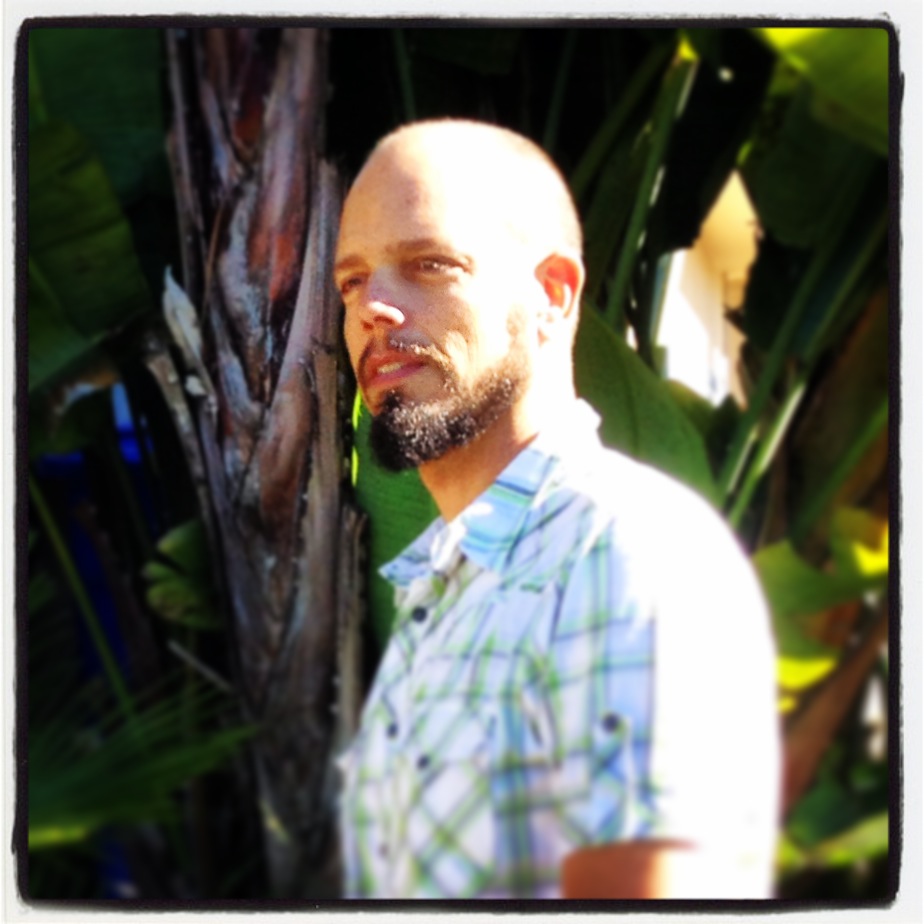
Speaker: Massimo Franceschetti
Professor of Electrical and Computer Engineering
University of California, San Diego
Bio: Massimo Franceschetti graduated in computer engineering from the University of Naples in 1997. He received M.S. and Ph.D. degrees in electrical engineering from the California Institute of Technology in 1999, and 2003 respectively. His doctoral thesis, entitled "Wireless Networks, from Collective Behavior to the Physics of Propagation" was awarded the Wilts Prize for best thesis in electrical engineering at Caltech in 2003. He also received the 2000 Walker von Brimer award for outstanding research at Caltech. Franceschetti has held visiting positions at the Vrije Universiteit Amsterdam in the Netherlands, the Ecole Polytechnique Federale de Lausanne in Switzerland, and the University of Trento in Italy. Before joining UCSD, he was a post-doctoral scholar at University of California at Berkeley for two years.
Abstract: How many ideas can we communicate by writing on a sheet of paper? How well can we hear a concert? How many details can we distinguish in an image? How much data can we get from our internet connection? These are all questions related to the transport of information by waves. Our sensing ability to capture the differences between distinct waveforms dictates the limits of the amount of information that is delivered by a propagating wave. The problem of quantifying this precisely requires a mathematical description and a physical understanding of both the propagation and the communication processes. This tutorial takes us on a journey through the theory of functional approximation, electromagnetic wave propagation, and information theory, to determine the ultimate limits on degrees of freedom, entropy, and capacity, of radiated signals. We compare Shannon's and Kolmogorov's approaches to information theory, recall classic results of Landau, Pollack, and Slepian, draw connections with the theory of sparse signals and compressed sensing, and explore the universal limits of information in our world, viewed in a quantum setting. The tutorial will be self-contained and presented in a signal-theoretic friendly approach.
